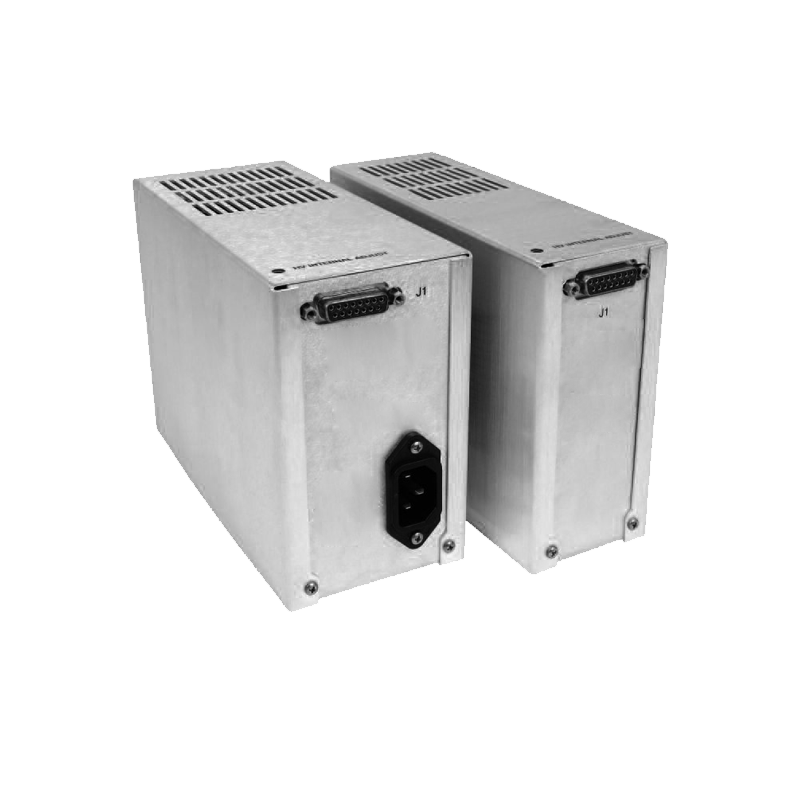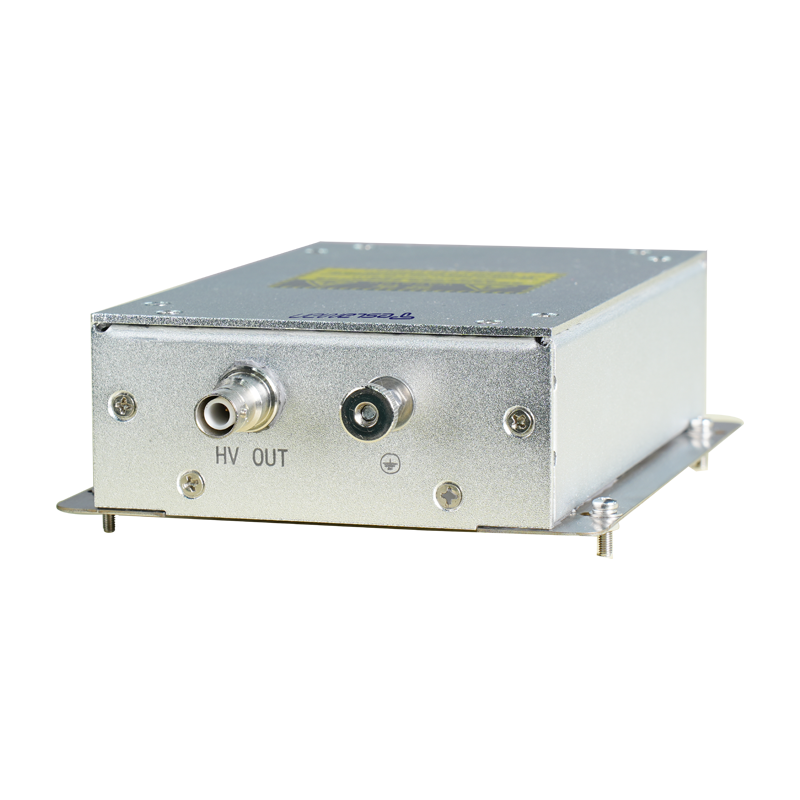Balancing Scan Resolution Enhancement and Time Reduction in Body Scanning Power Supplies
Body scanning systems, including millimeter-wave, infrared, and X-ray scanners, require power supplies capable of delivering high-speed, high-precision energy pulses while maintaining system safety and image fidelity. Enhancing scan resolution demands stable power delivery and high signal linearity, while shortening scan time requires rapid modulation of energy pulses—posing a fundamental trade-off between speed and precision.
The core of the scanning power system uses a high-frequency inverter topology with real-time digital control. The DSP unit regulates the pulse amplitude and timing in microsecond intervals, ensuring consistent photon or wave energy output per scan frame. Fast-response feedback loops continuously monitor beam current and voltage, dynamically adjusting drive parameters to prevent overshoot or lag.
To maintain image quality, the power output ripple must remain below 0.1%. This is achieved using closed-loop optical feedback from radiation intensity sensors that calibrate each power burst. The synchronization between the power modulation unit and the image reconstruction system is managed through phase-locking and predictive timing control to prevent phase jitter and motion-induced blur.
A multi-objective optimization algorithm governs the trade-off between scan speed and resolution. Using evolutionary optimization techniques, parameters such as pulse duration, repetition rate, and detector sampling density are adjusted to achieve the best possible resolution within the target scanning time.
This power design approach enables a reduction of total scan time by over 20% while maintaining spatial resolution enhancement of around 15%, supporting higher throughput in clinical diagnostics, security screening, and industrial inspection applications.




















